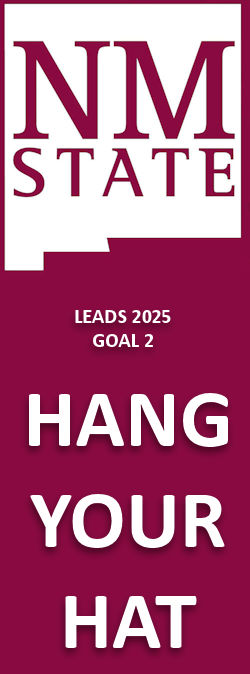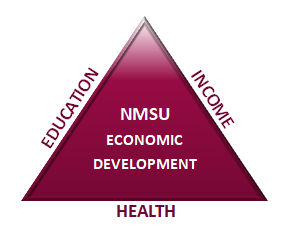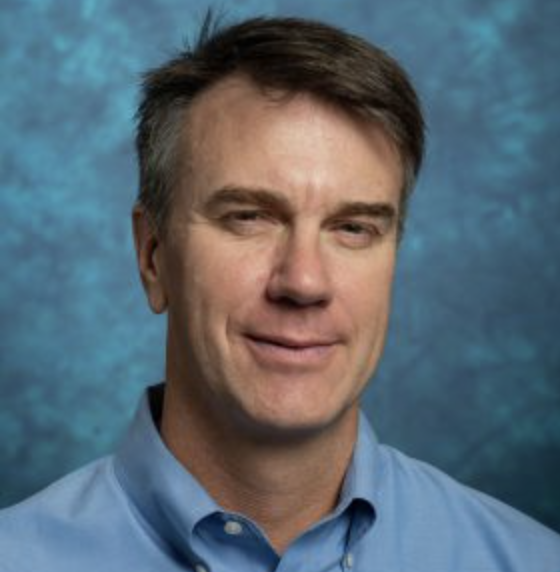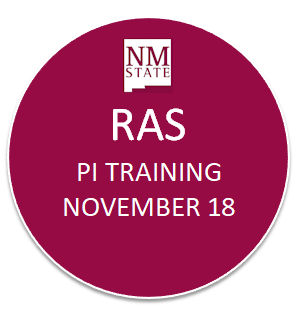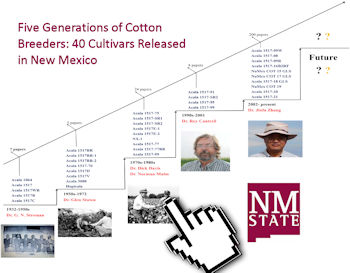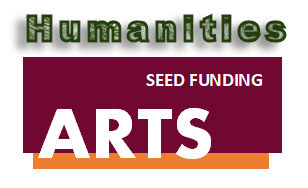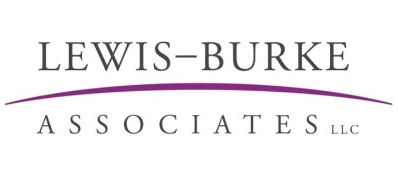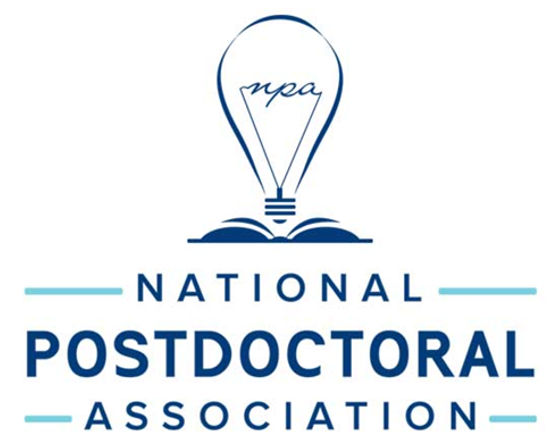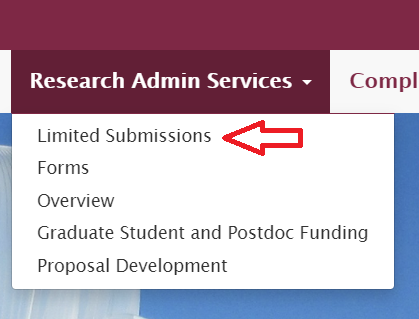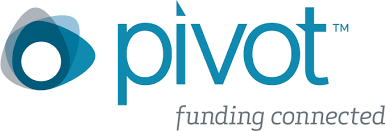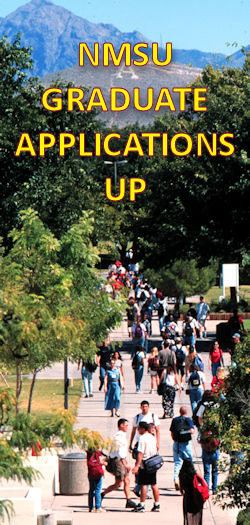 |
|
LEADS 2025 Goal 2 Team: Hang Your Hat
By Dr. Luis Cifuentes, Vice President for Research, Creativity, and Strategic Initiatives and Ms. Kathy Hansen, Director, Arrowhead Center“Hang on to your hat. Hang on to your hope. And wind the clock, for tomorrow is another day.” E. B. White We have the privilege of chairing the LEADS 2025 Goal 2 Team and have done so since summer of 2019. Our original charge was to:
Earlier this year, and with 2025 less than three years away, the Goal 2 Team participated in a “Hang Your Hat” exercise. Each Goal 2 team champion was asked what two or three accomplishments would you hang your hat on when LEADS 2025 is done. Below, we list some of these expected accomplishments.
Go to Hang Your Hat on the SharePoint to get the full gamut of expected accomplishments. To meet these outcomes, the Goal 2 Team needs the support, encouragement, thoughts, opinions, and energy of the entire campus. If you can contribute, reach out to the appropriate Goal 2 team champion and become part of our team. |
|
Project Management Needs: Upcoming Survey
By Dr. Rachel Boren, Director, NMSU SOAR Evaluation and Policy CenterChancellor Arvizu recently appointed a task force composed of members from across the NMSU community with the goals of helping to understand project management needs and creating an infrastructure to support project and program management around campus. The task force cannot meet this charge without your input. We will soon send a survey to staff and administrators that asks about who is doing project management, the types of projects involved, and other information that is helpful for the effort, regardless of if you have a project manager title. This survey will be short and anonymous, and we appreciate your feedback as the task force works toward creating a robust university system that includes a strong system of support for project management at NMSU. |
|
NMSU Economic Development: Next StepsBy Dr. Ken Van Winkle, Associate Vice Chancellor for Economic DevelopmentNew Mexico State University, by its nature, is an economic driver. The question becomes: What is NMSU doing intentionally to increase that impact and help improve our economy and the lives of citizens? There are dozens of examples of college, department, and faculty led activities that contribute to economic development, but how do we leverage the natural resources of an entire university to drive that work? What is the overall economic development strategy for NMSU? The Economic Development Cabinet and the Economic Development Team have been wrestling with the question of strategy this semester. In response, they have crafted a plan designed to encourage economic development activity, measure outcomes, and interpret the results of those efforts. The NMSU Economic Development Goals are:
The primary leading indicators for economic growth are embedded in health, education, and income. We will measure the long-term progress for these indicators but contributing factors for improvement can take several years. According Michael Porter, Professor at the Harvard Business School, universities have several areas of influence that can impact economic development and can be measured in the short term. Those include Research, Workforce Training, Networks/Partnerships, Business/Entrepreneurship, and Real Estate. Next steps require our team to determine metrics for each area and design activities to improve those metrics. NMSU economic development activity has and will continue to have a positive influence on the health, education and income of the citizens of our region. Our aim is to accelerate and magnify that influence…well worth the effort. |
|
Recognizing Large Proposal Submissions (October 2022)
By Dr. Hamid Mansouri Rad, Senior Proposal Development Specialist, RASCongratulations to Dr. Timothy Wright, Professor of Biology, for submitting a collaborative proposal to NSF for a total of $3.5 million dollars. Dr. Wright is a behavioral biologist who studies the function and evolution of learned vocal signals in parrots. In this project he and trainees at NMSU will team with collaborators at the University of California at Los Angeles and Rockefeller University in New York to study the neuro-genetic mechanisms underlying individual variation in parrots and songbirds. In addition, this proposal will create a new course-based undergraduate research experience (Core CURE) and mentored research opportunities for more than 140 diverse undergraduate students across the three universities. The proposed research course is based on a similar CURE course Dr. Wright pioneered at NMSU in 2015. For more information, please contact Dr. Wright at wright@nmsu.edu. |
|
Save the Date: Principal Investigator Training on November 18, 2022
By Ms. Rita C. Parra, Director, Pre-award Administration, RASResearch Administration Services (RAS) will be offering Principal Investigator Training on November 18, 2022 via Zoom. The training is intended to provide a high-level overview to NMSU researchers and staff involved with proposal preparation and submission, as well as award negotiation/acceptance of externally-sponsored grants and contracts. Registration details will be announced soon in NMSU’s Hotline.
|
|
Cotton Breeding at NMSU in the Last 20 years
By Dr. Jinfa Zhang, Professor NMSU ACES, Agricultural Experiment Station, Department of Plant and Environmental SciencesThe New Mexico Cotton Breeding Program was established in 1926 and has been led by five generations of breeders. The program has released 37 long-staple Acala 1517 and two short-staple Upland cotton (Gossypium hirsutum L.) cultivars and numerous germplasm lines. Ten Upland cotton cultivars and 39 germplasm lines were released after 2008, some of which possessed insect resistance and herbicide tolerance, resistance to Fusarium wilt race 4, or glandless trait. The program was rated as one of the most influential cotton breeding programs because New Mexico cotton germplasm has contributed to the development of numerous commercial cotton cultivars widely grown in the US. The program has also published more than 194 refereed articles since 2002, dealing with fiber yield and quality, cottonseed quality including oil content, disease, and insect resistance, drought and salt tolerance, and genetics and genomics of those traits. The program was rated as the top 3 most published program worldwide in the plant science category of cotton research and the top 4 most published program worldwide in the agronomy category of cotton research in 2021. |
|
NM-INBRE: Call for Proposals
By Dr. Shelley Lusetti, Principal Investigator and Program Director, NM-INBREThe New Mexico IDeA Networks of Biomedical Research Excellence (NM-INBRE) is seeking proposals for 1-year research PILOT projects from researchers at NMSU working in areas relevant to biomedical, behavioral, social, health, community, or population-based sciences. Interested researchers must submit a complete proposal and application packet on or before February 1, 2023 through the NM INBRE Project Application Portal. This funding prioritizes short-term, highly focused projects that will result in peer-reviewed publication and/or federal research proposal(s). Investigators should propose a project period that does not exceed 12 months and falls between April 1, 2023 – March 31, 2024. Detailed descriptions of the Pilot project requirements and eligibility is available at NM-INBRE Support for Research. Proposal and application instructions are available at the application portal. |
|
NMSU Arts and Humanities Seed Funding: Call for ProposalsBy Dr. Allison Layfield, Senior Proposal Development Specialist, RASThe Office of Research, Creativity and Strategic Initiatives (RCSI) is soliciting applications from NMSU faculty requesting seed funding for proposal development efforts that seek external funding in the arts and humanities. Applications should include at least one tenure/tenure-track faculty from one of the following departments: Art, Creative Media, English, History, Languages and Linguistics, Music, Philosophy, and Theatre, or a tenure/tenure-track faculty in any college whose research, scholarship and creative activity would be considered arts and/or humanities. Applications may include faculty collaborators in any departments. It is anticipated that internal support will not exceed $10,000, or the amount requested in the proposal to be submitted for external funding, whichever is less. It is expected that this multi-year commitment by the RCSI will result in strong growth in proposal submissions to external funding agencies in support of humanities research and/or creative activities, ultimately contributing to attaining R1 status. Applications are due no later than 5:00pm on January 6, 2023 and must be submitted via email to ras@nmsu.edu, subject line: Arts and Humanities Seed Grants: Application. The complete RFA is available here. |
|
Lewis-Burke Lunch Series
By Ms. Cindy Ramirez, Proposal Development Specialist, RASNMSU's PI Academy invites you to the Lewis-Burke lunch series to be held via Zoom from 12:00noon to 1:00pm on the dates listed below. Lewis-Burke presenters will discuss federal funding trends, funding opportunities, and how to keep in touch with federal program managers.
|
|
National Postdoctoral Association: Free Membership for NMSU PostdocsBy Dr. Tanner Schaub, Director, Research Cores ProgramNMSU is now an institutional member of the National Postdoctoral Association, which means that NMSU postdocs can (and should!) join the NPA for free. Membership includes access to a variety of career resources including webinars, job hunting resources, networking, core competencies, tips for interviewing, visa/immigration information, mentor toolkits…check it out! Further, NMSU postdocs and mentors should be on the lookout for correspondence from our working group for information about the forming NMSU Postdoctoral Association, a postdoc symposium during Research and Creativity Week, and the establishment of a cohesive postdoc professional development program at NMSU. We are thankful to have the following people as members of the working group. If you have ideas, questions, or better yet if you’d like to join us, please reach out: Postdoc Working Group Postdocs:
|
|
Limited Submission Funding OpportunitiesBy Dr. Hamid Mansouri Rad, Senior Proposal Development Specialist, RASResearch Administration Services maintains a list of limited submission funding opportunities for NMSU research community. The list is accessible through a link on the Research website, through the Research Administration tab. NMSU users can also access the list directly on SharePoint. We encourage NMSU researchers to periodically visit the site and if they are interested in any of the opportunities to please inform us by sending email to ras@nmsu.edu. |
|
Pivot Funding Opportunity DatabaseBy Dr. Hamid Mansouri Rad, Senior Proposal Development Specialist, RASThis is a reminder that in order to assist NMSU faculty and staff in locating external funding opportunities, the RCSI has purchased a subscription to ProQuest’s Pivot available at https://pivot.proquest.com/session/login.
To request a one-on-one or group Pivot training, send email to hamid@nmsu.edu. |
|
|
Graduate School |
|
Exponential Growth in Student Applications to the Graduate SchoolBy Dr. Carol Flinchbaugh, Interim Associate Dean for Graduate SchoolNMSU is experiencing a surge in the number of applications to graduate programs. Notably, this week, the application numbers to traditional graduate programs for Fall 2023 are 1,425 applications, up from 219 applications the time last year (550% increase over a year!). 363 applications are to doctoral program and 1,062 to master’s and graduate certificates. If we break down these numbers, we can learn more about this increase. Domestic students are up 100% (Fall ’23 is 80, up from 39 in Fall ‘22). We are experiencing similar growth in the NMSU Online applications (116 up from 76 a year ago). For the traditional Las Cruces campus graduate programs, the largest increase in applications is from international students (N= 1,345; 94%). The increases NMSU is experiencing in international students from specific countries align with growth reported in the Council of Graduate School from 2020-21: Sub-Saharan Africa (64%), India (36%), Middle East and Northern Africa (35%). There is good and bad in the increasing application numbers. The positive is that programs will have a broader applicant pool to enroll the highest caliber of students, both domestic and international. The challenges we face are the limited financial resources to support graduate students, especially those applying from developing nations. We also are limited in personnel resources to vet and process student applications (both at the Graduate School and in the academic departments). Steps to take to support this sudden surge in applications.
|
|
Questions and comments regarding NMSU’s Research Digest should be directed to Hamid Mansouri Rad, Ph.D. at hamid@nmsu.edu, (575) 646-6429. |
|
